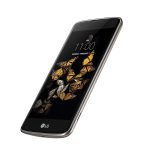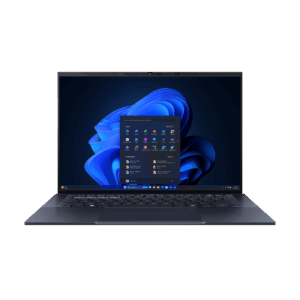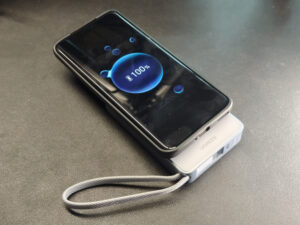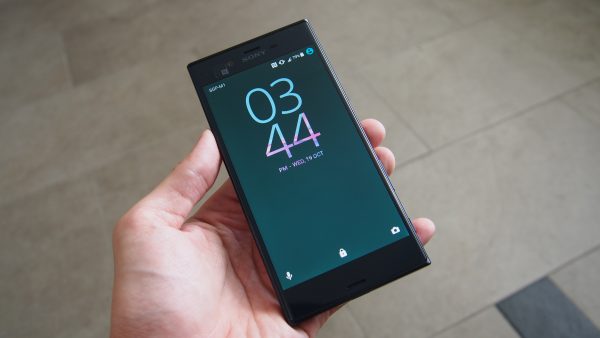
The Sony Xperia XZ is the flagship of Sony’s Android smartphones for the second half of 2016. Water resistance makes a return, as well as promises of better imaging and battery life.
The big question is whether these will reverse the fortunes for the Japanese company, which has come up with competent products but face a tough market for high-end phones.
Design and Display
Since my experience with the Xperia XZ at a media event last month, my opinion on the design of the device has remained the same – Sony’s Unified Design is attractive in an understated way.
I like how the Xperia XZ has few unnecessary curves, giving it a very sharp and clean look. The left and right profiles of the phone are rounded only to make it more comfortable to hold.
In fact, the glass front on the Xperia XZ bends ever so slightly along the curved edges of the device before giving way to the Alkaleido frame. This means the edges of the device will not eat into your fingers, which the Xperia X has a little of a tendency to do.
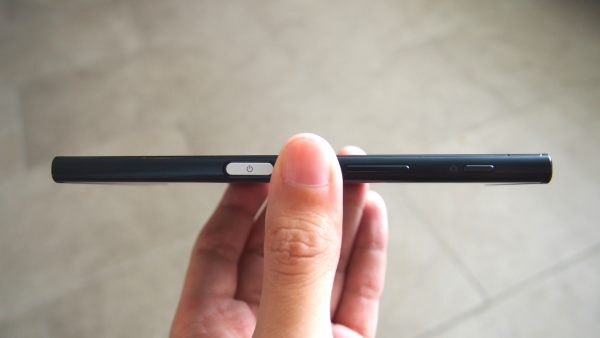
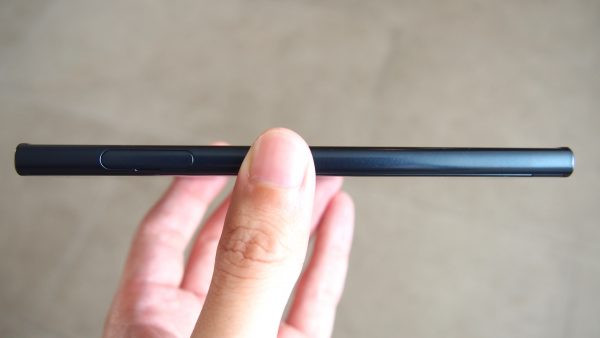
Still, one gripe I have with the 161-gram frame of the Xperia XZ would be the vast expanse of wasted real estate on the front of the device.
At 146 x 72 x 8.1 millimetres, the phone is of about the same height and weight as a Samsung Galaxy S7 edge, but has a visibly smaller 5.2-inch screen.
I suspect a few millimetres could be shaved from the top and bottom of the Xperia XZ, so that it will be lighter and a better fit in the pocket.
The two speakers flanking the top and bottom of the screen make a return, and honestly sounded about the same as the lower-end Xperia X to me, when I played a few YouTube videos on the device.
Like on the Xperia X, the scren on the Xperia XZ is vibrant and has a full HD resolution. It is, thankfully, not too reflective and can be pretty bright, so daylight visibility is not an issue. Xiaomi’s Mi Max does get a little brighter, though it does have a more reflective slab.
Sadly, the ghosting that I observed from navigating around the menus in the device stayed, even if it is less obvious than before. While it was nothing very distracting, it will be good to try the actual device before purchasing, just to see if it affects you.
Performance and Battery Life
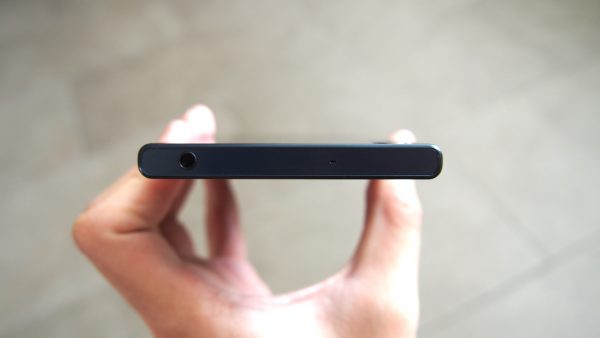
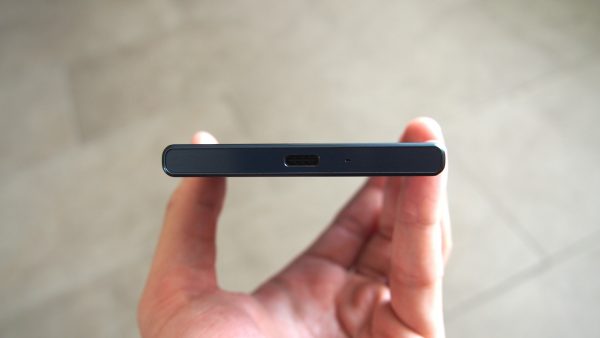
With a Qualcomm Snapdragon 820 and 3GB of RAM, the XZ does feel snappier than the Xperia X, which sports a mid-range Snapdragon 650.
I find myself waiting less for apps to load. I can upload some files onto Google Drive and switch over immediately to YouTube to look for videos, without missing a beat.
Nevertheless, like every other Android phone out there, the Xperia XZ is prone to occasional, short spurts while moving in and out of apps and menus.
This mostly boils down to the underlying design of Android, which puts user interface processing on the same queue as the other tasks the device has to get to. Apple’s iOS, on the other hand, has a dedicated thread for the former.
One thing that never ceases to annoy is the opening Nevada cut-scene in Asphalt 8: Airborne. It has tripped up every device I have tested thus far, even high-end devices like the Xperia XZ. Could it be bad optimisation?
Perhaps the more important thing is that the gameplay is generally smooth, be it on a Snapdragon 650 or 820. Of course, the Adreno 530 graphics chip on the Xperia XZ also helps to deliver better quality real-time animations than lower-priced options, with less jagged lines and more detail in the surroundings.
The battery life on the Xperia XZ is respectable as well. The 2,900mAh cell survived a day of use at one-third to half brightness. In my tests, I can get home with about 30 per cent battery to spare.
Sony has also included a nifty Battery Care function that will leave the final 10 per cent of a charge to the final hour before you usually wake up to reduce the damage from overcharging the phone.
I am unable to test this, but if combined with the Qnovo adaptive charging features that are meant to protect the battery, the Xperia XZ should give you good mileage for a long time.
Imaging
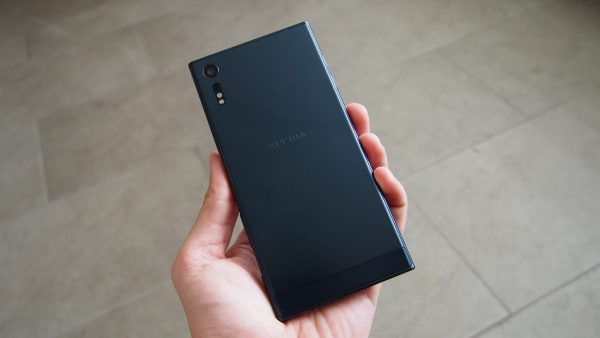
It is clear Sony has improved the imaging capabilities of the Xperia X series over the past months.
Focusing is faster than before, and the 23-megapixel rear and 13-megapixel front cameras are optimised for group “wefies”, both featuring wide angle lenses that are 24mm and 22mm wide respectively.
Daytime shots captured by the Xperia XZ’s Intelligent Auto mode were beautifully rendered. Increasingly, I feel the raw output of phone cameras are uniformly excellent in the day. The main difference comes from how the software tweaks the colours to achieve a nice result.
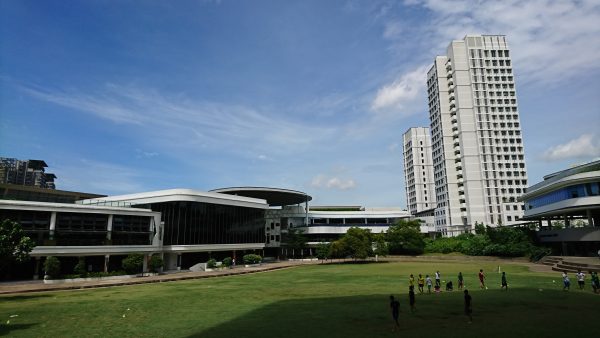
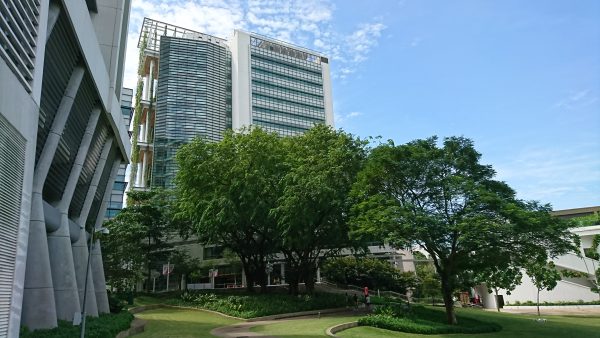
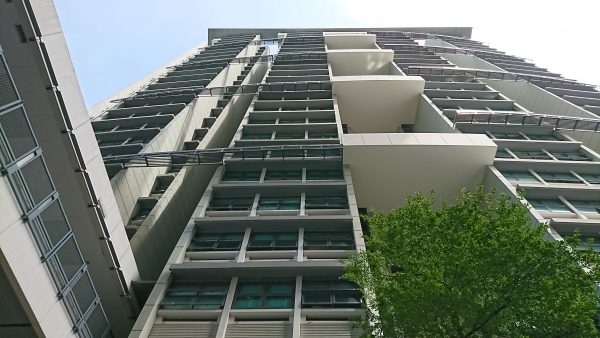
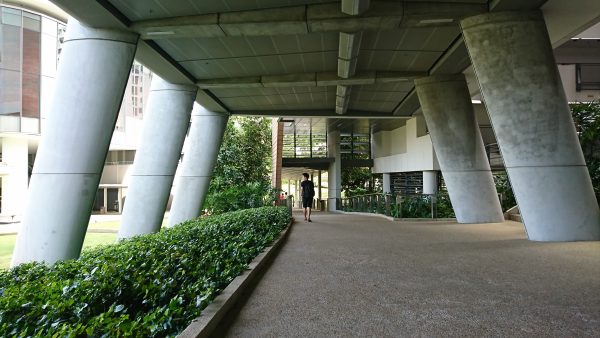
Sony’s approach, it seems, is to widen the colour gamut of the shots. Skies are rendered in a darker shade of blue and yellow and other bright colours are made stronger.
All the above, however, are done while maintaining a neutral palette that does not seek to exaggerate any colour.
The result are photos with plenty of detail under good lighting that does not blow out or darken any part of the image.
It probably helped that Sony has included larger imaging sensors on the Xperia XZ so they can process light better and allow more details to be captured. The rear has a 1/2.3-inch sensor, and the front a 1/3.06-inch one.
I really liked the daytime shots of the buildings, skies and greenery, which achieved an attractive colour balance that were not too strong, unlike some competing algorithms. I would even agree they rendered better than similar shots that I took with a Samsung Galaxy S7 edge.
There is a caveat to the awesome daytime shots. Images from its 23-megapixel sensor are captured in 8-megapixels by default.
I am alright with it, since smartphone photographs are not usually meant for professional use, but full-sized images can be less attractive when compared against its competitors.
For shots in poorer lighting, the f/2.0 lens cannot let in as much light as those with f/1.7 apertures, resulting in grainier (but decent) shots. The lack of optical image stabilisation does not help. Nevertheless, the software stuck with its neutral but wide palette.
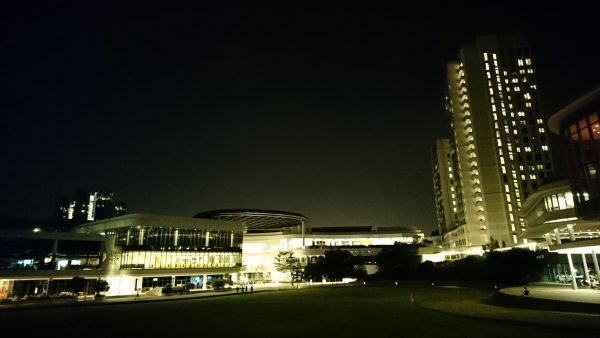
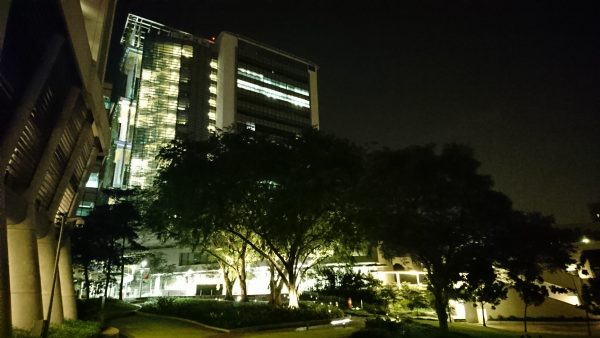
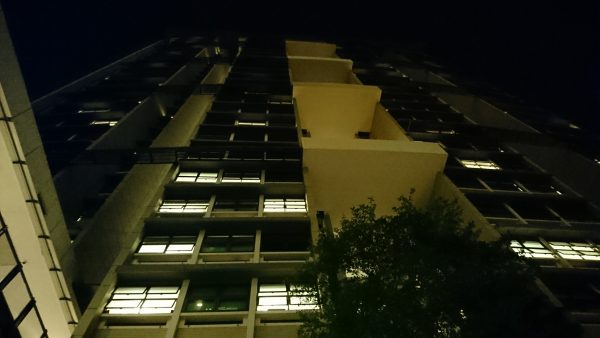
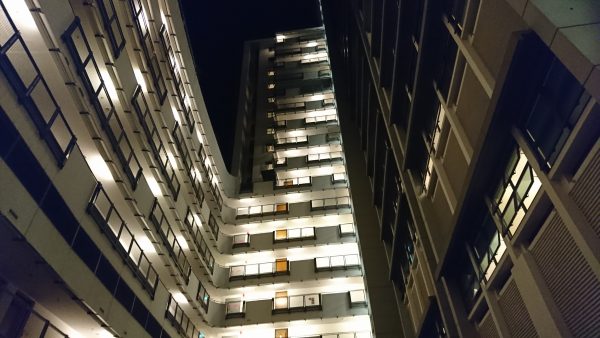
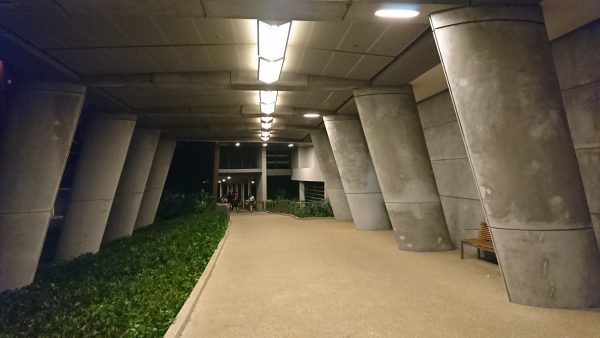
Focusing issues in indoor fluorescent lighting continue to bug the series. Somehow, the Xperia XZ also loses its footing with overly brightened and sharpened shots in these conditions.
If Sony could put their software chops and large sensor to good use with a larger-aperture lens, the results are bound to be breathtaking. For now, I think the Xperia cannot yet claim the crown for low-light imaging.



The video stabilisation as advertised at the media event did work surprisingly well, for what is mostly a software effort. I was walking normally and not putting particular effort into stabilising the footage, but the result bests that from a Galaxy S7 edge.
Conclusion
The Xperia XZ is, finally, a well-deserved flagship in the series. The ergonomics seems slightly improved, the camera works really well in good lighting, battery life is decent, and Forest Blue is a nice colour for the phone.
It is not perfect for low-light photography and has wasted too much space on its front, but it remains a good choice for those who want something that is neither Apple nor Samsung.
